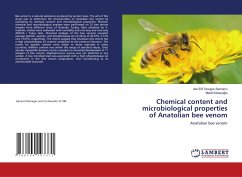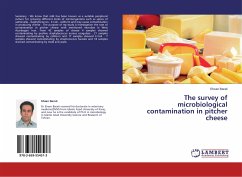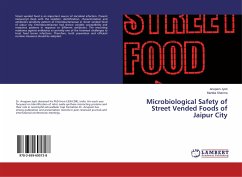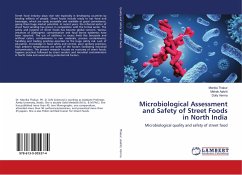Bee venom is a natural substance produced by worker bees. The aim of this study was to determine the characteristics of Anatolian bee venom by evaluating its chemical content and microbiological properties. Physical, chemical and microbiological analyses were performed on 25 bee venom samples from different areas of Anatolia, Turkey. Data obtained by 3-replicate studies were evaluated with normality and one-way and two-way ANOVA / Tukey tests. Chemical analyses of the bee venoms revealed average melittin, apamin, and phospholipase A2 contents of 40.57%, 2.12% and 13.67%, respectively. The results suggest that Anatolian bee venom has a high phospholipase A2 content compared to the previous literature. The results for apamin content were similar to those reported in other countries. Melittin content was within the range of standard values. Total aerobic mesophilic bacteria counts revealed no microbial development in 11 samples of bee venom. Staphylococcus aureus was not detected inany sample. A low microbial load was associated with a high phospholipase A2 contontent in the bee venom composition, thus contributing to its antimicrobial character.
Bitte wählen Sie Ihr Anliegen aus.
Rechnungen
Retourenschein anfordern
Bestellstatus
Storno








